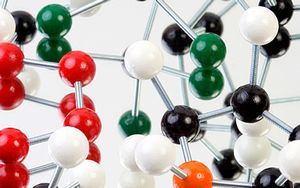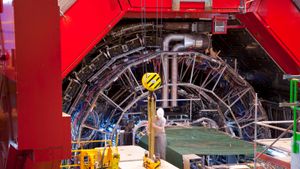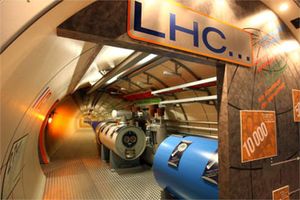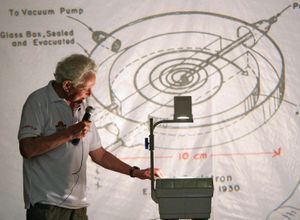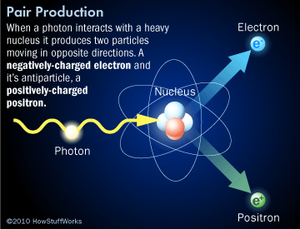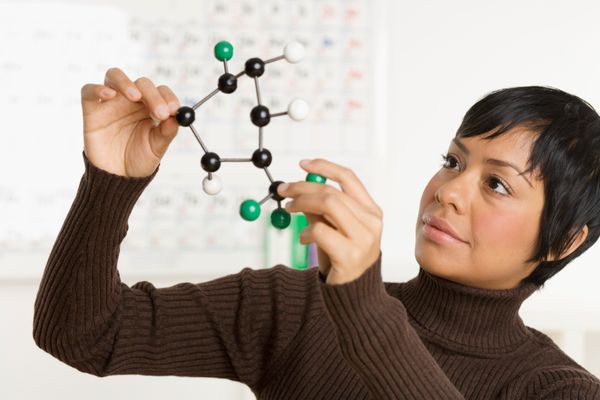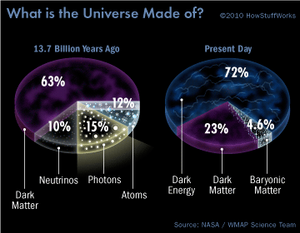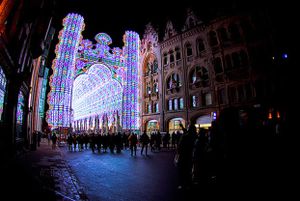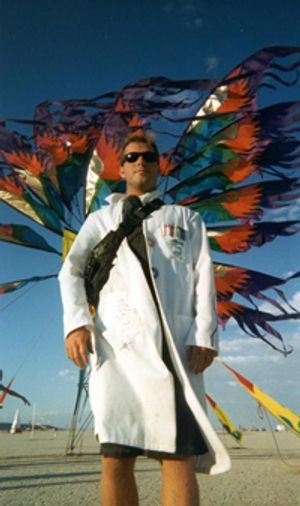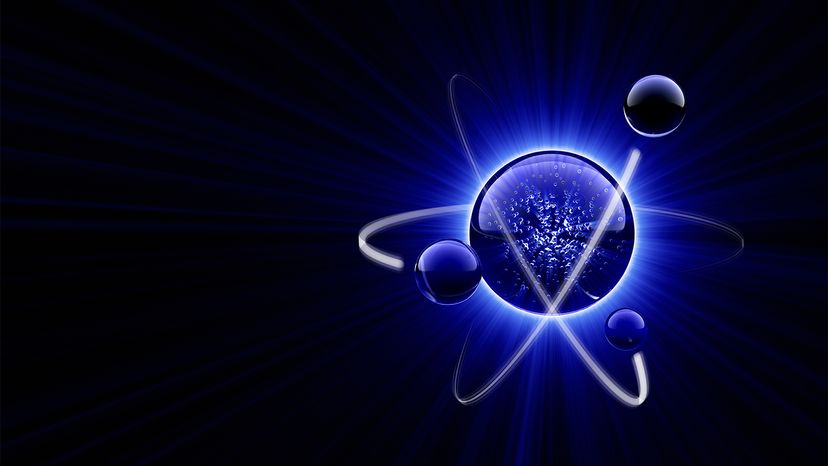
Protons and neutrons, the particles that form the nuclei of atoms, might seem to be really tiny. But scientists say that those subatomic particles themselves are made up of something even smaller — particles called quarks.
"Well, I think the simplest way of stating it is that quarks are the fundamental constituent of matter, of all the stuff that's around us," explains Geoffrey West. He's a theoretical physicist who founded the high energy physics group at the Los Alamos National Laboratory and now is Shannan Distinguished Professor at the Santa Fe Institute. (He's also author of the 2017 bestseller "Scale," about how the mathematical laws governing the structure and growth of the physical world apply to biological life and to human society.)
Advertisement
Like electrons and other leptons, quarks don't seem to have any structure and appear to be indivisible, as explained by University of Melbourne particle physicist Takaski Kubota in The Conversation.
Quarks are so tiny that it's mind-boggling to even try to express their estimated size. University College London physics professor Jon Butterworth explained that the radius of a quark is roughly 2,000 times smaller than that of a proton, which in turn is 2.4 trillion times as small as a grain of sand.
Advertisement
